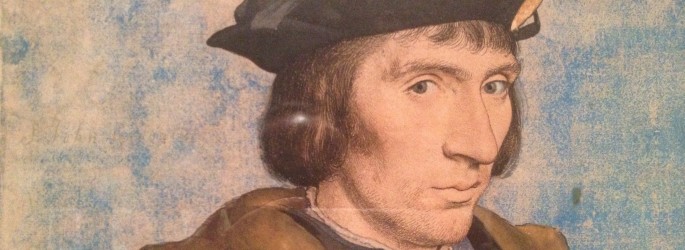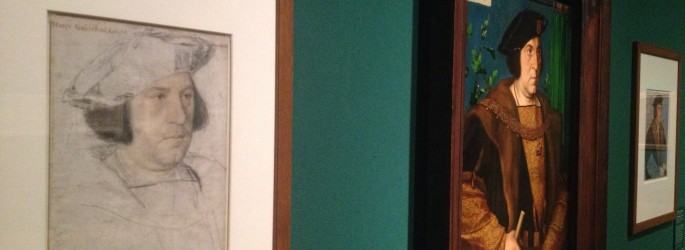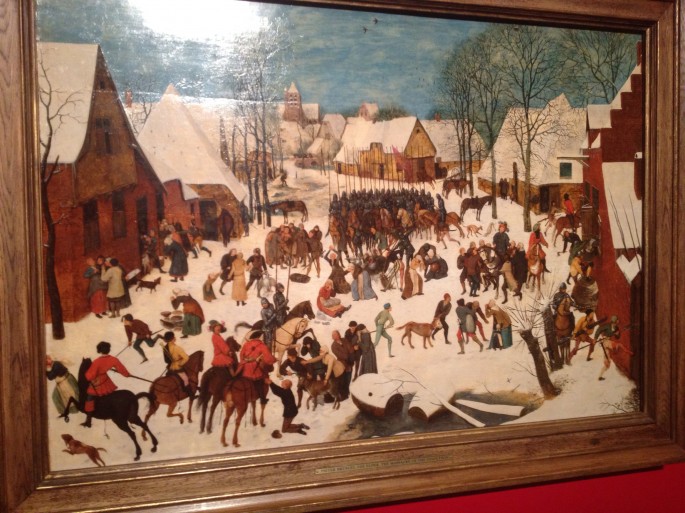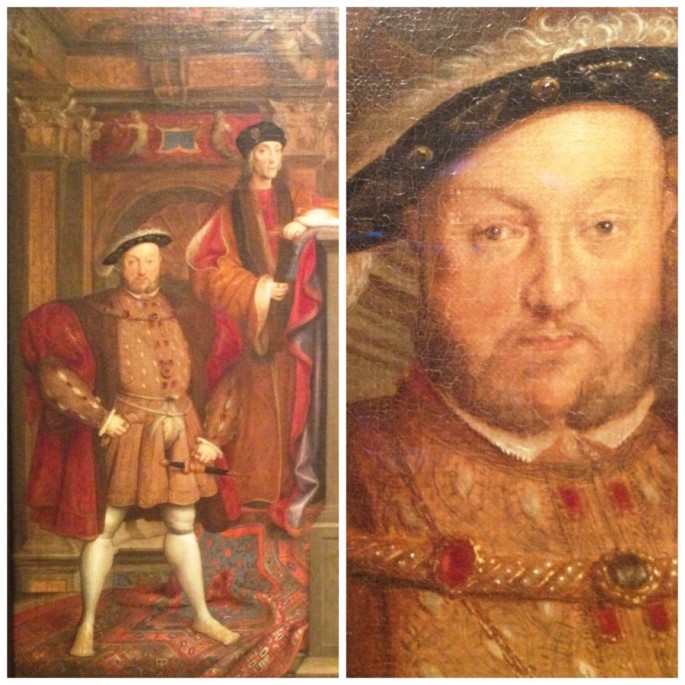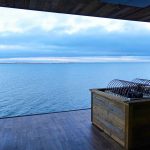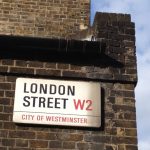The Northern Renaissance: Dürer to Holbein – European Art at Buckingham Palace
Written by Jaillan Yehia
Buckingham Palace’s Queen’s gallery unveils more artistic treasures this week with the opening of The Northern Renaissance: Dürer to Holbein exhibition, a collection of Northern European art which includes the painting that defines the world’s image of Henry VIII, plus a painting freshly unveiled after a two-year-long conservation project and a collection of prints by the art world’s original entrepreneur. Here are my highlights…
The Royal Collection has a seemingly limitless supply of fascinating artworks upon which to draw inspiration, and the latest collection to be shown at Buckingham Palace’s dedicated exhibition space, The Queen’s Gallery, gives us an insight into the intrigues and politics that shaped Northern Renaissance art at the courts of European monarchs fighting for supremacy during the 15th and 16th Centuries – attracting artists such as Cranach, Cluoet, da Vinci, Holbein and Dürer in the process.
The work on display includes paintings, drawings and tapestries from a time when religion and politics dominated life, and are bursting with hidden details, stories, myths and political scandal.
In one 400 year old painting, Hans of Antwerp by Holbein, we also see for the first time the results of two years of painstaking research and conservation which reveals colours and details including a metal key sitting on the subject’s desk which was previously obscured by layer upon layer of paint and varnish.
In another world famous painting Massacre of the Innocents by Bruegel the scene unfolding in front of us is more sinister than we can imagine. Originally painted as a modern day depiction of the massacre of children in Bethlehem by King Herod, we learn that the Holy Roman Emperor Rudolph II became so haunted by the imagery that he decreed the children and babies should be painted over with depictions of bundles, animals and food – although infra-red imaging allows us to see the original figures recoiling in fear and a couple of subjects are left running away from the pillaging soldiers, or taking shelter in a doorway, hinting at what lies beneath the over-painted surface.
The exhibition contains the original image which defines our idea of what King Henry VIII looked like. You may notice that the artist is not Holbein but instead van Leemput – this is because the original life-sized version of the work, in which Holbein had the idea to present Henry squaring up to the audience while the other subjects faced inwards, was destroyed in a fire at Whitehall Palace in the late 1600’s and this smaller copy is all that survives.
The displays also hold the key to the death of Saint Thomas More, Henry’s one-time Lord Chancellor and the man who gave us the word ‘utopia’: More was betrayed at court and could have been saved by notorious self-promoter Sir Richard Southwell whose secrets led directly to More’s execution.
Also adept at self-promotion was Dürer himself – one of the greatest portraitists in history with a technique so fine that fellow masters asked to examine his brushes for clues as to how he achieved his strokes. He had a sharp business brain, choosing to be a master print maker because he excelled at it and had the commercial nous to employ agents to tout his prints the world over. He had his wife’s sell his work at fair booths too and pioneered a logo instead of a signature on his paintings creating the art world first big brand in the process.
As one of the curators explained to me, Dürer had his finger firmly on the pulse and knew how to publicise himself: if he had been alive today he’d have been working with bloggers.
More Info
The Northern Renaissance: Dürer to Holbein exhibition runs from November 2nd 2012 to April 14th 2012 at The Queen’s Gallery, Buckingham Palace Road.
Open daily, 09:45-17:30 (last admission 16:30).
Tickets cost £9.25 for adults with concessions available.
There are free ten minute talks on Thursdays at noon and 3pm and a selection of longer talks which cost £5 with your ticket.
Find out more at by visiting the official website
Tags: Art, Buckingham Palace, Queen's Gallery, Renaissance
Trackback from your site.

